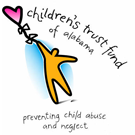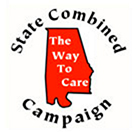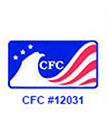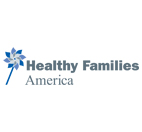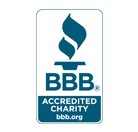Spanking…is it harmful to children?
Who wants to increase the likelihood your children will have the following challenges before age 18?
- Low moral character and ethics
- Aggression
- Antisocial behavior
- Behavior problems
- Mental health problems
- Negative parent– child relationships
- Impaired cognitive ability
- Low self-esteem
A recently published study “Spanking and Child Outcomes: Old Controversies and New Meta-Analyses” strongly suggests spanking children dramatically increases their likelihood to have the problems listed above. Interestingly, that is not the intent of almost any parent who is using spanking/corporal punishment as a discipline strategy, but this is what the in-depth research is finding.
Let’s put this in another context. For many years, we believed smoking was not harmful, and lots of people smoked cigarettes. When the science revealed smoking is harmful to our health, the tide began to turn. Everyone now recognizes the harmful impacts of smoking, and rates of smoking have reduced which will make us a healthier society over time. So, would it make much sense for someone to say, “I used to smoke and I am fine, so I want my kids to smoke?” That is the rationale most commonly used by people who spank their children.
Think parents who spank don’t take it too far? Research indicates 65% take it to the point of physical abuse. The more children are spanked by their parents the greater the risk of physical abuse. Spanking is defined in the study as, “hitting a child on their buttocks or extremities using an open hand,” and the study also found, whether it’s spanking or physical abuse, the negative outcomes for children are almost the same.
We now have science that says spanking is harmful, so we all need to look in the mirror and ask ourselves, “Are we more committed to science and healthier child outcomes or traditions which have been proven to cause harm?”
For resources about parenting, please visit the National Children’s Advocacy Center website.


